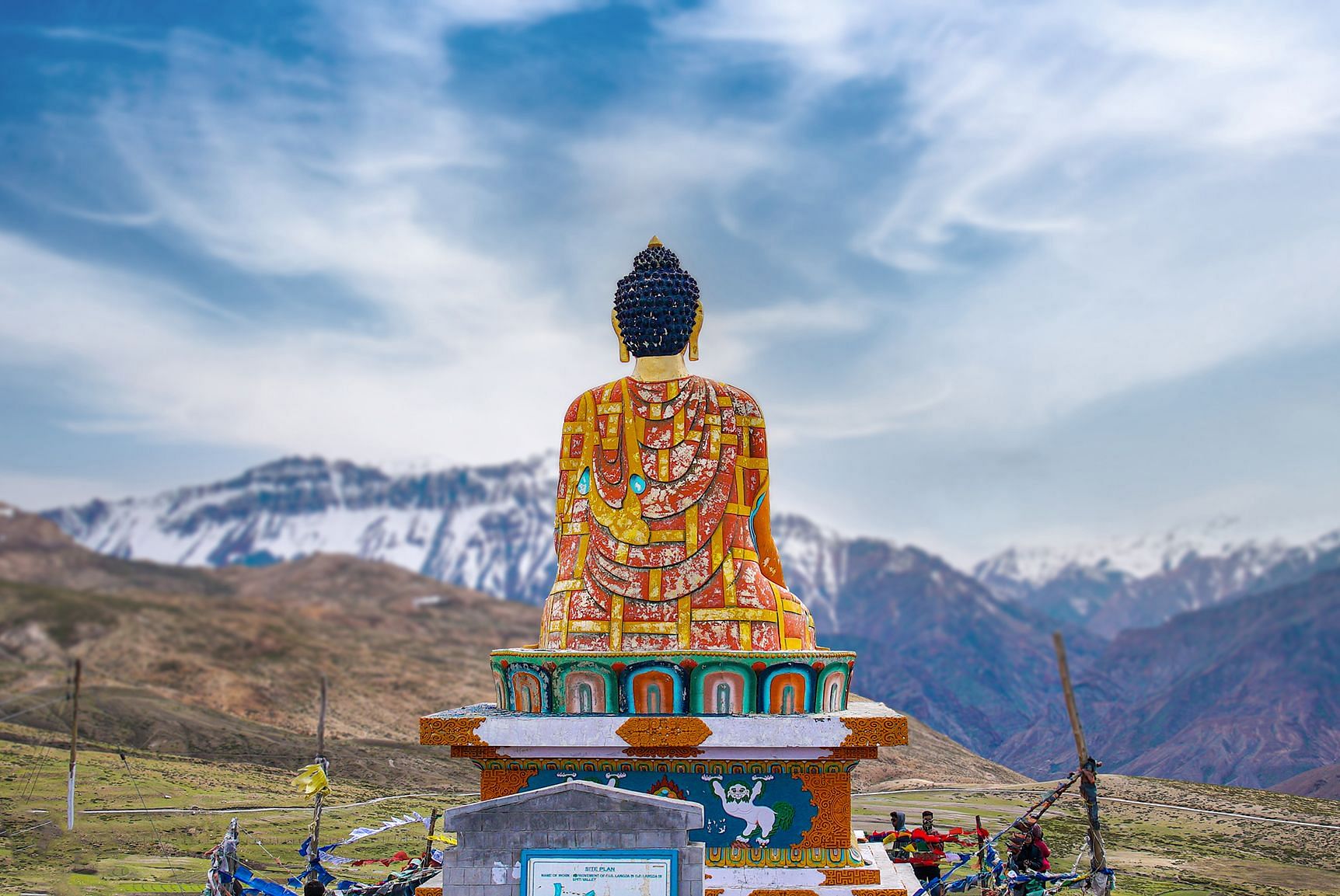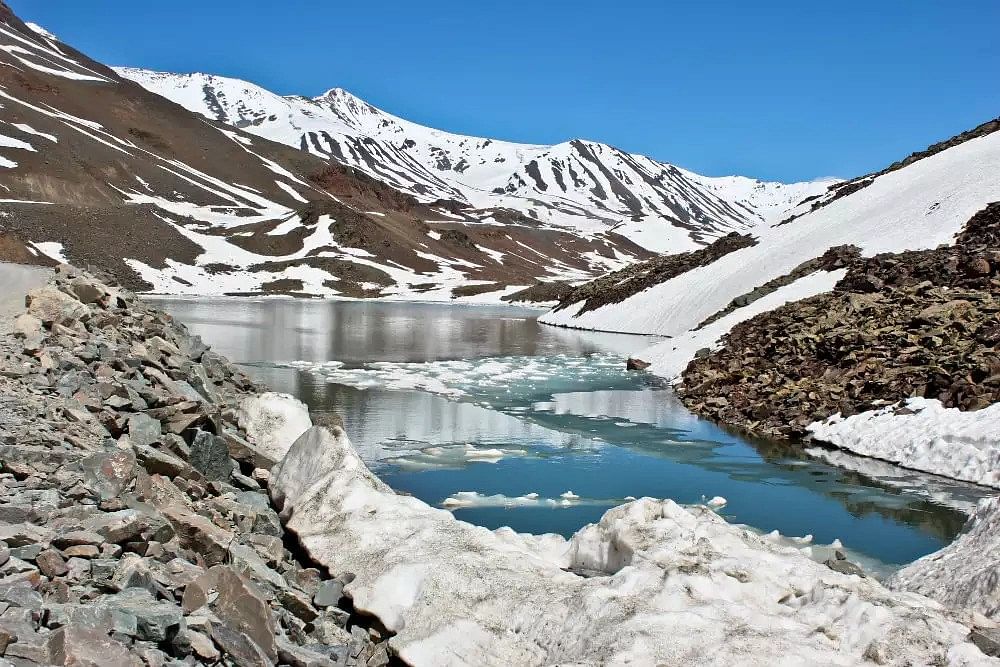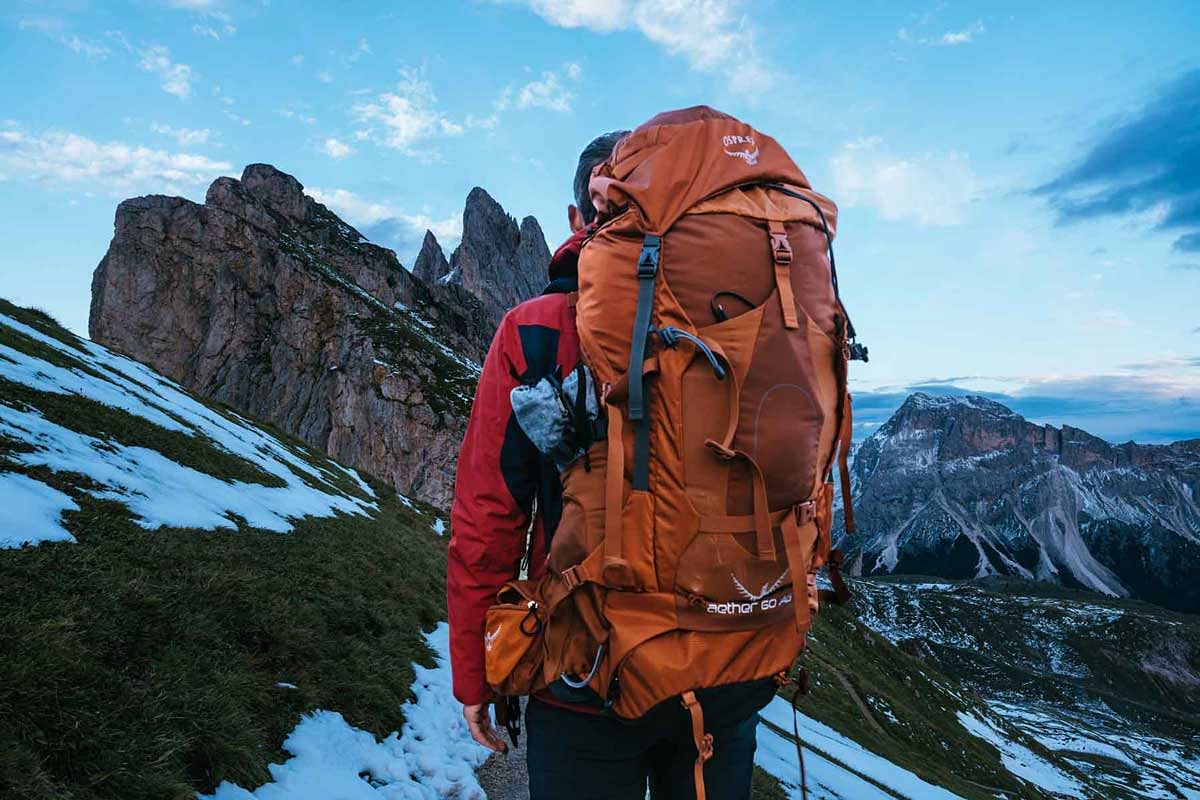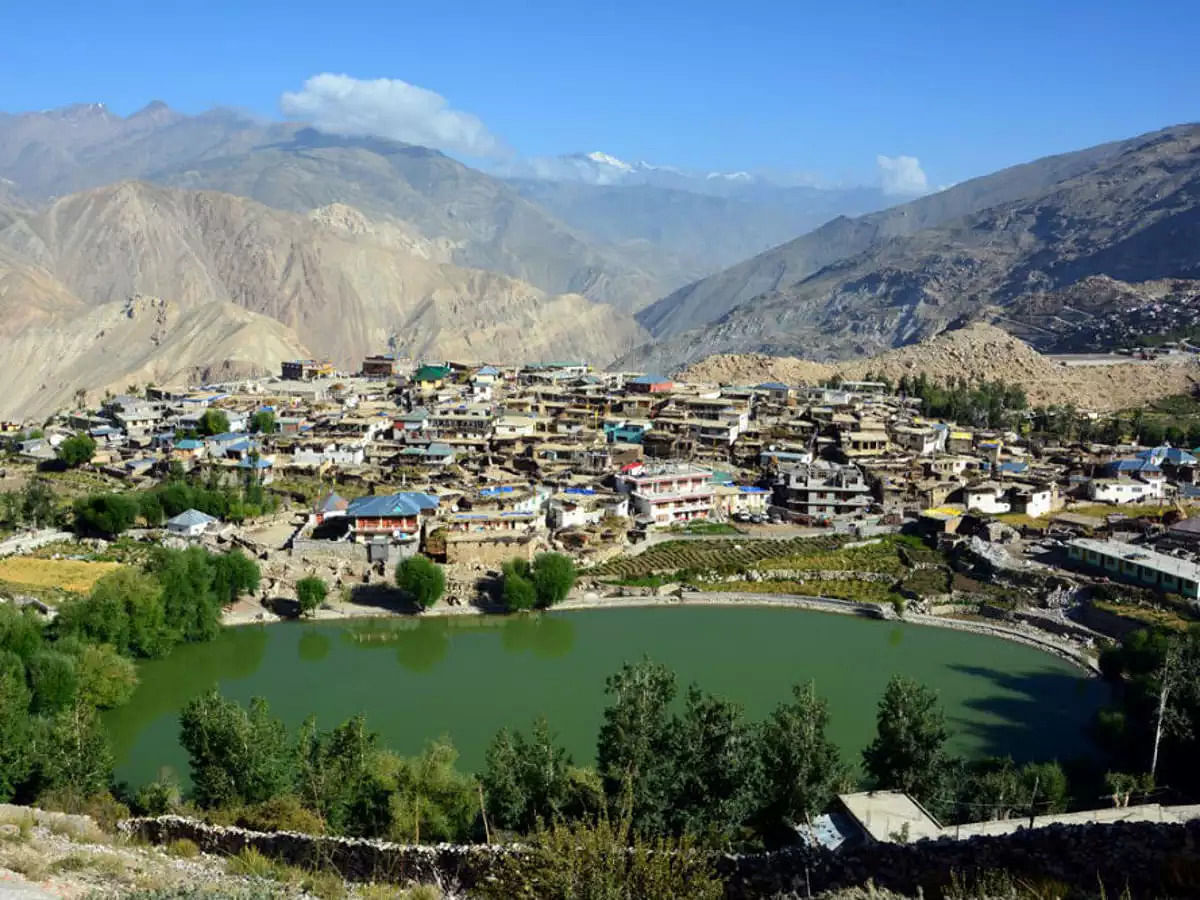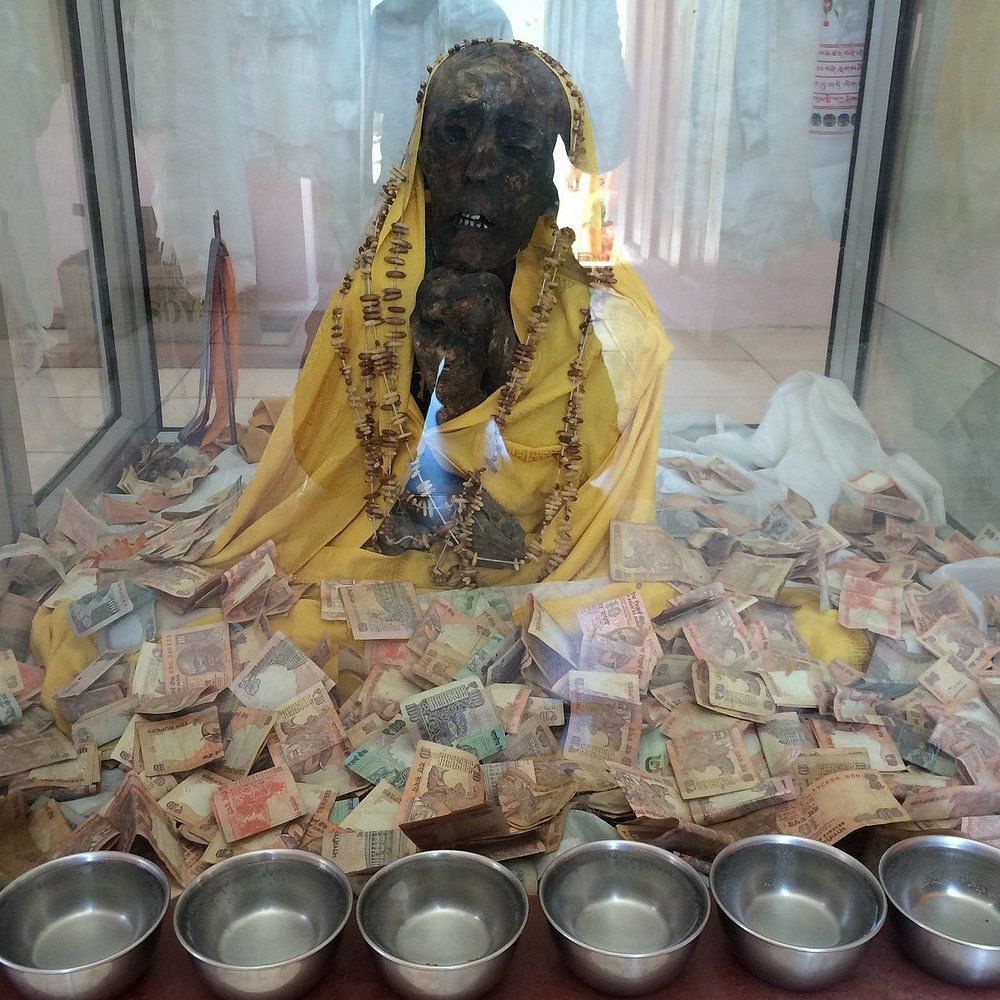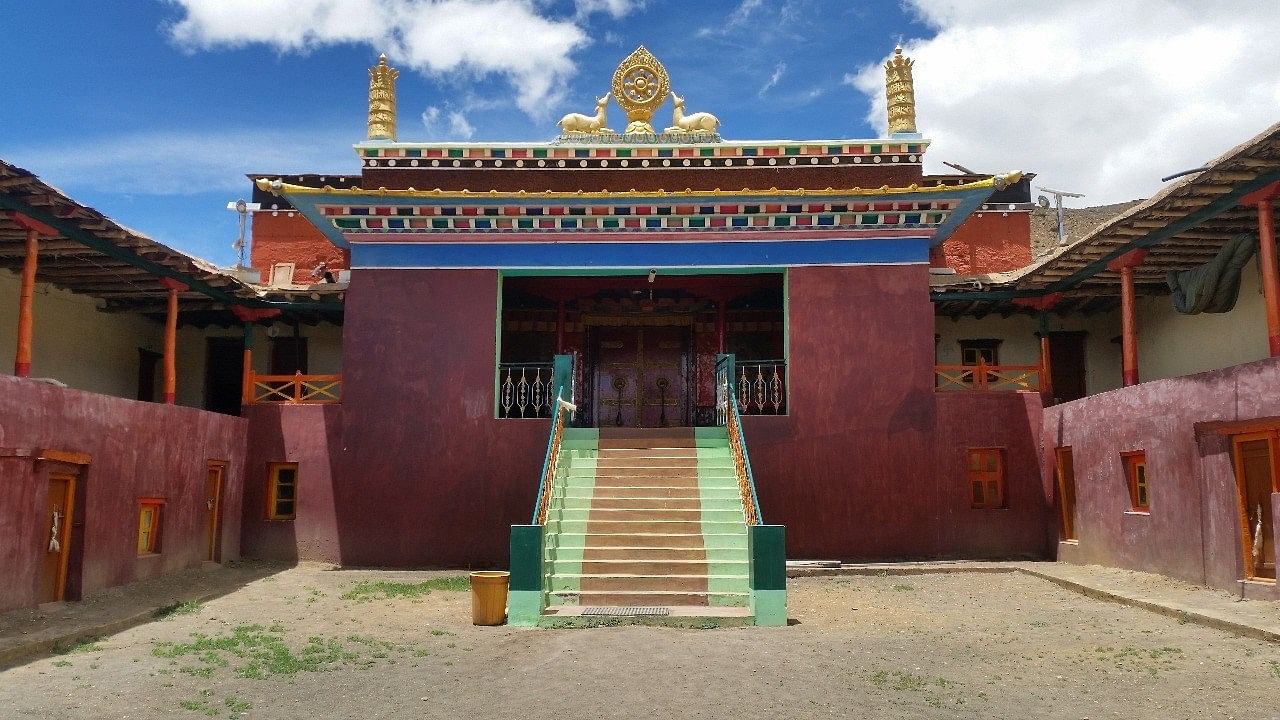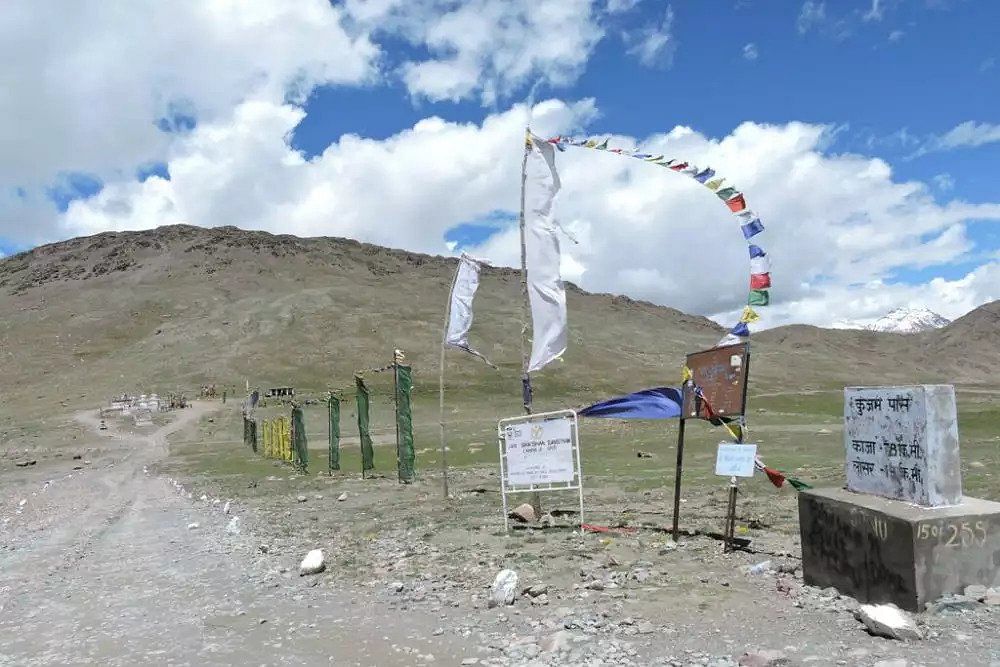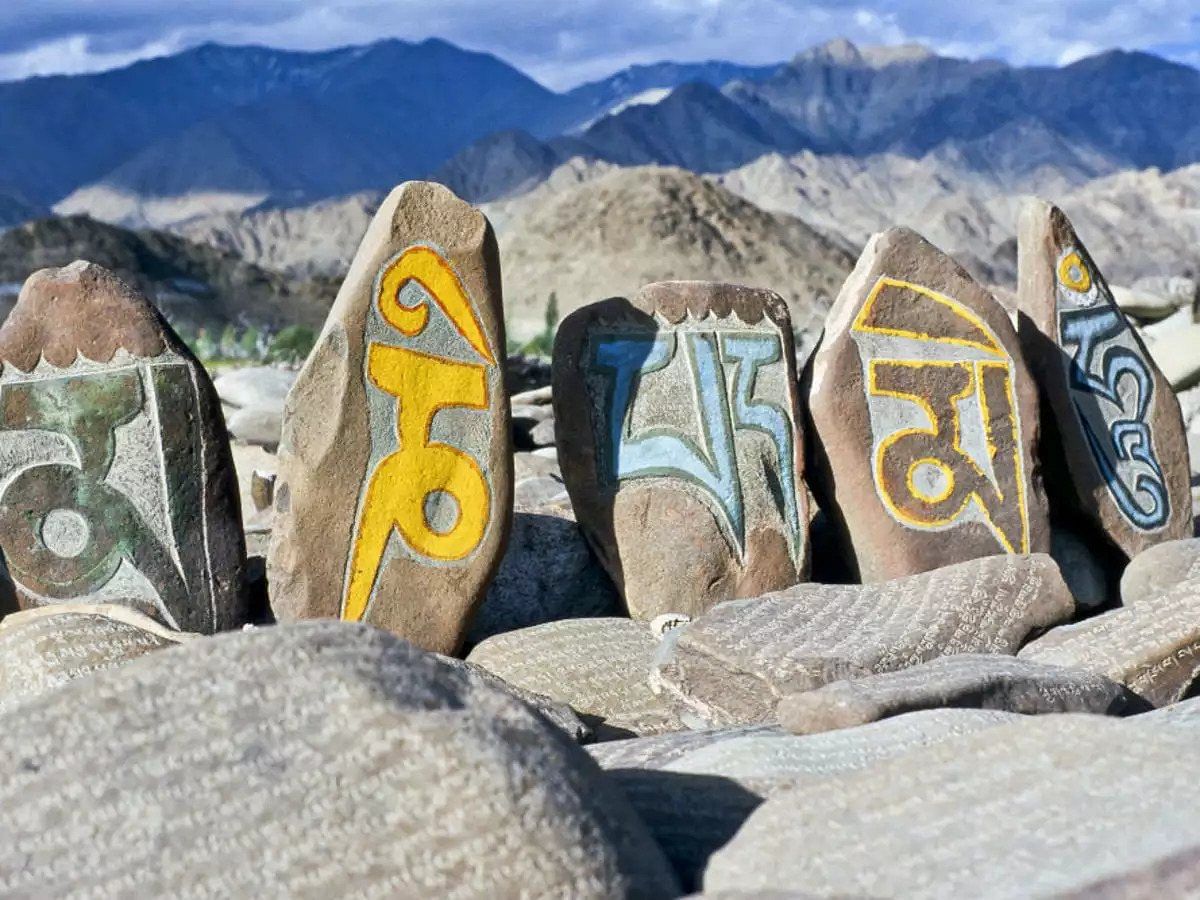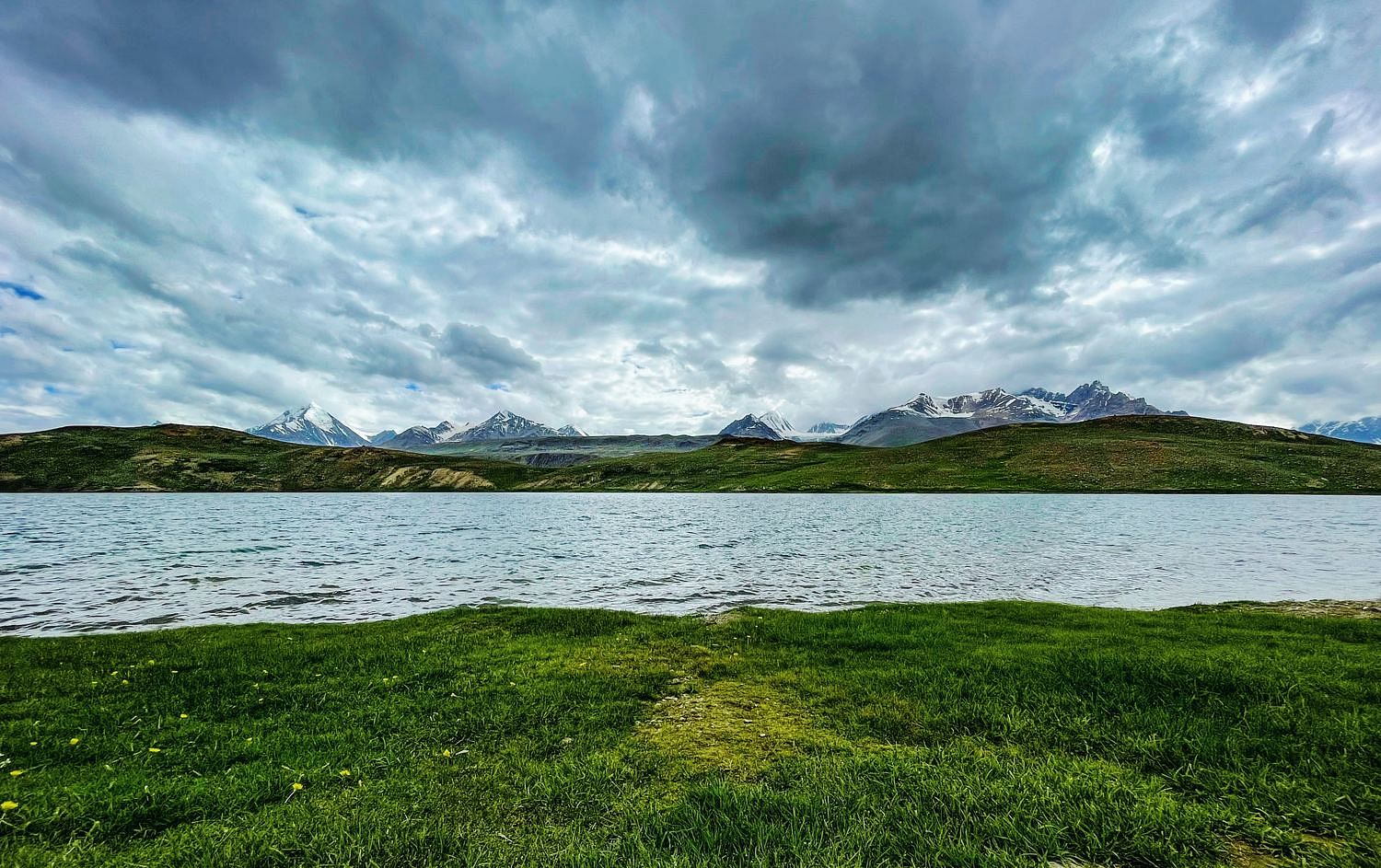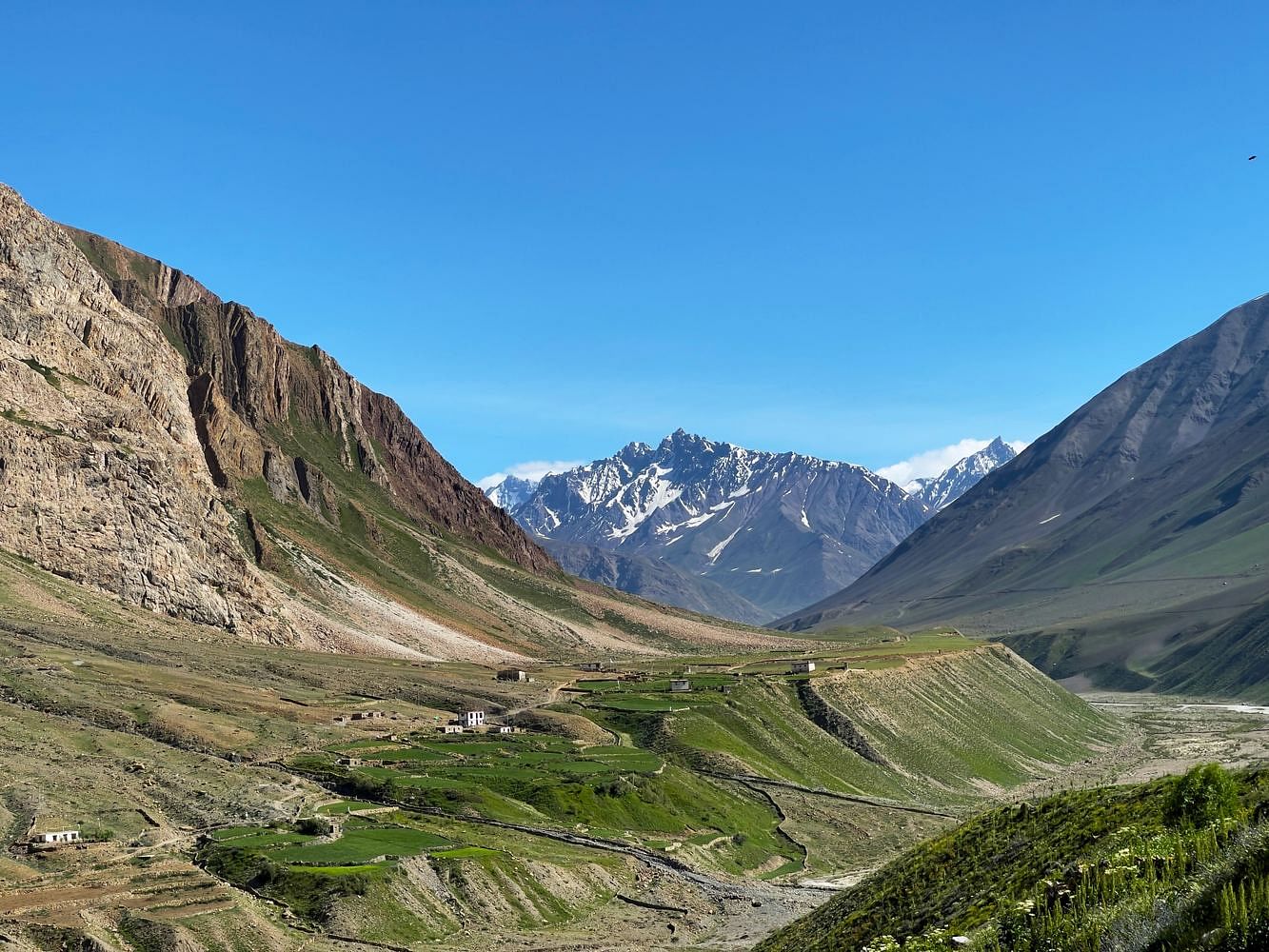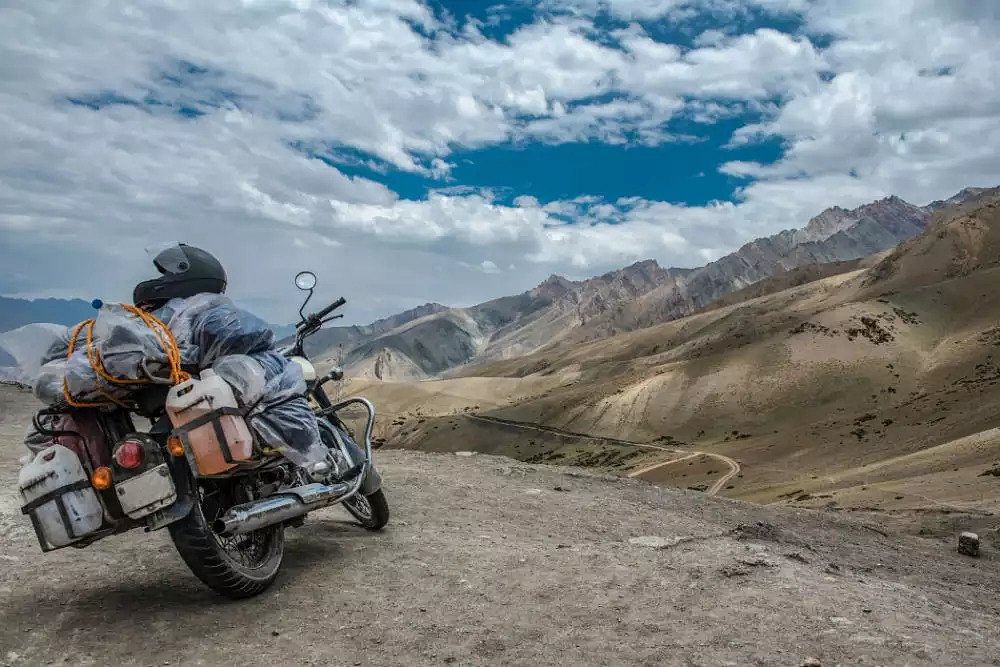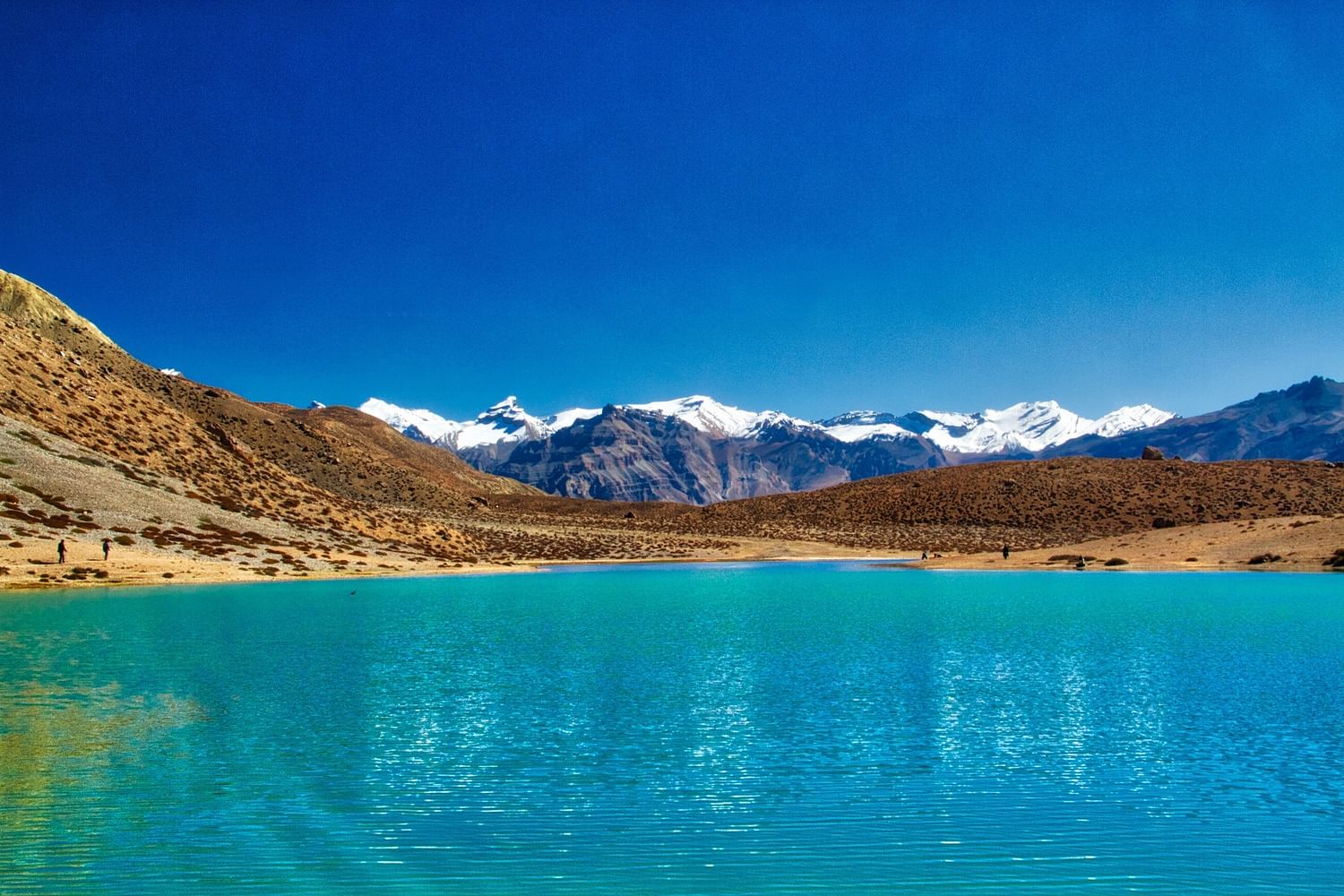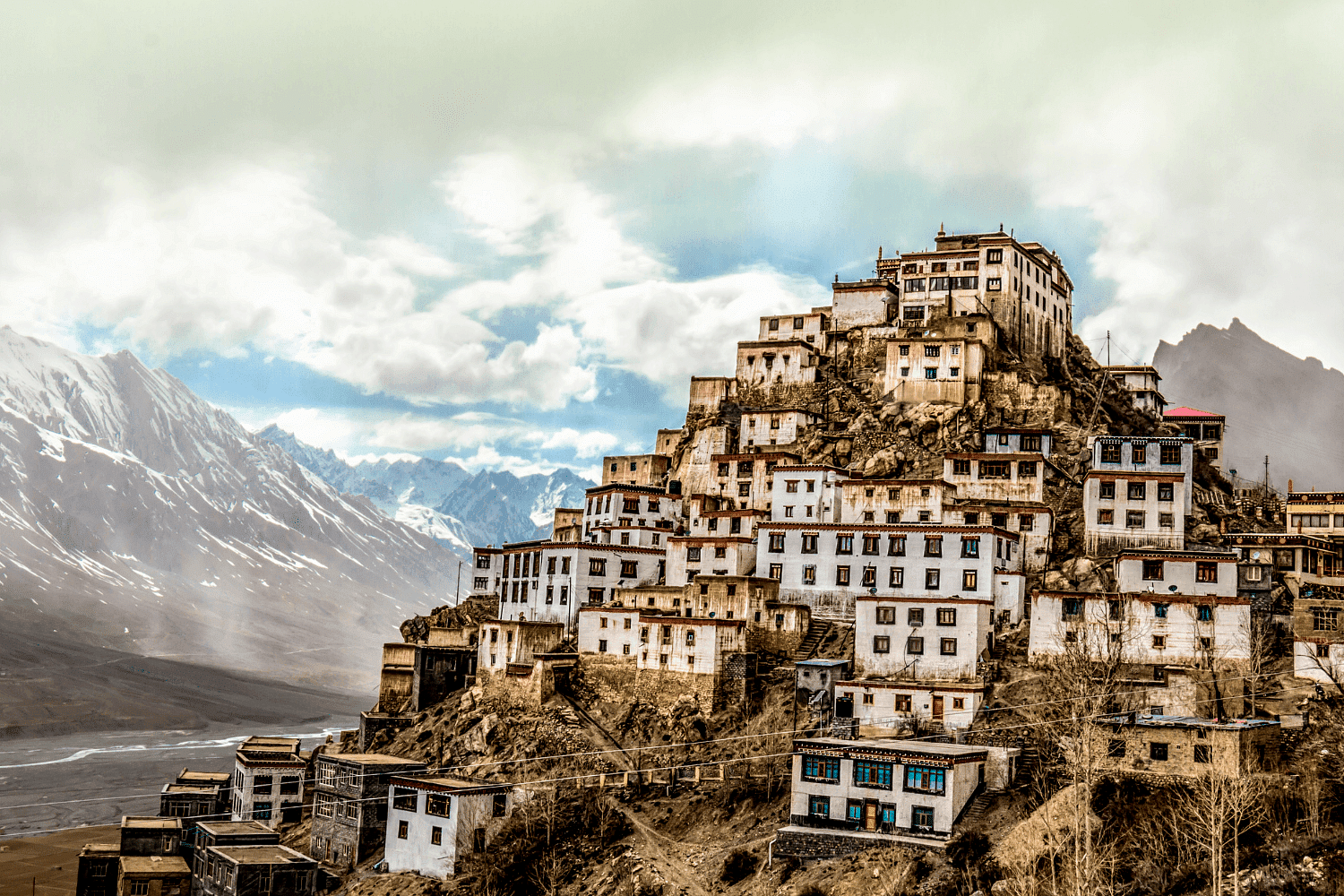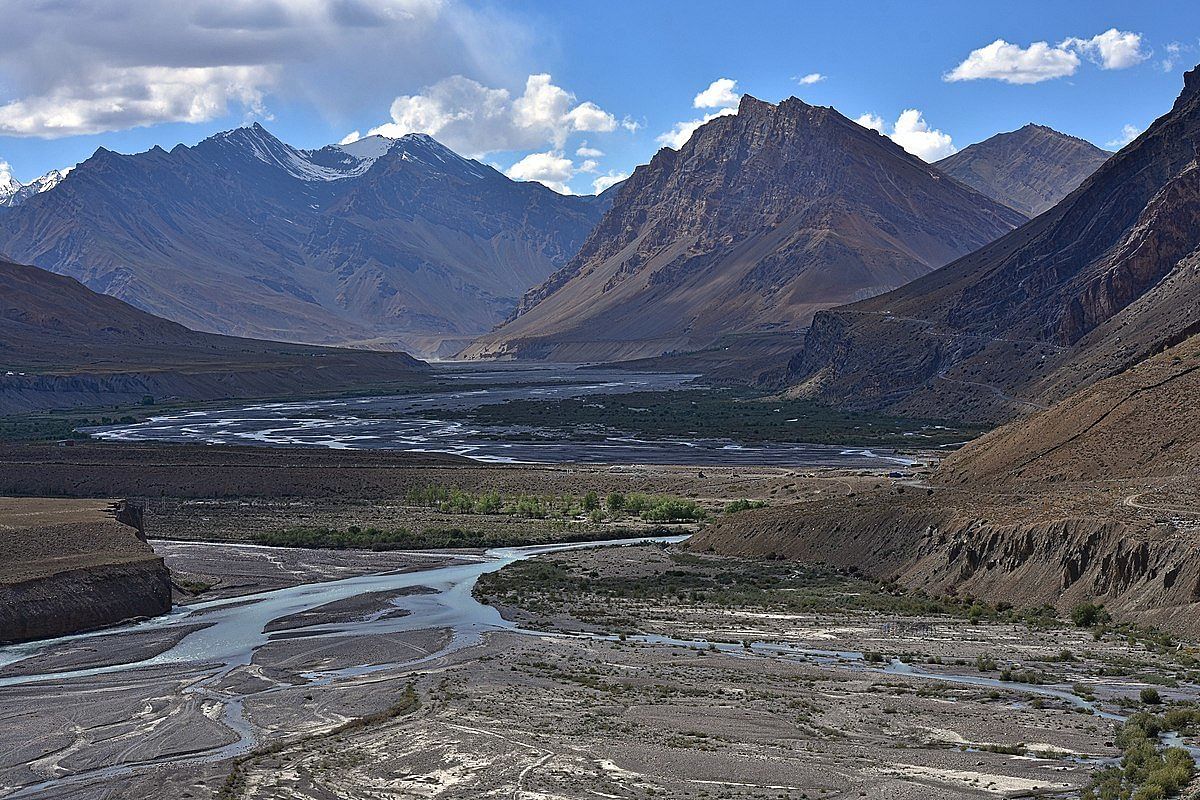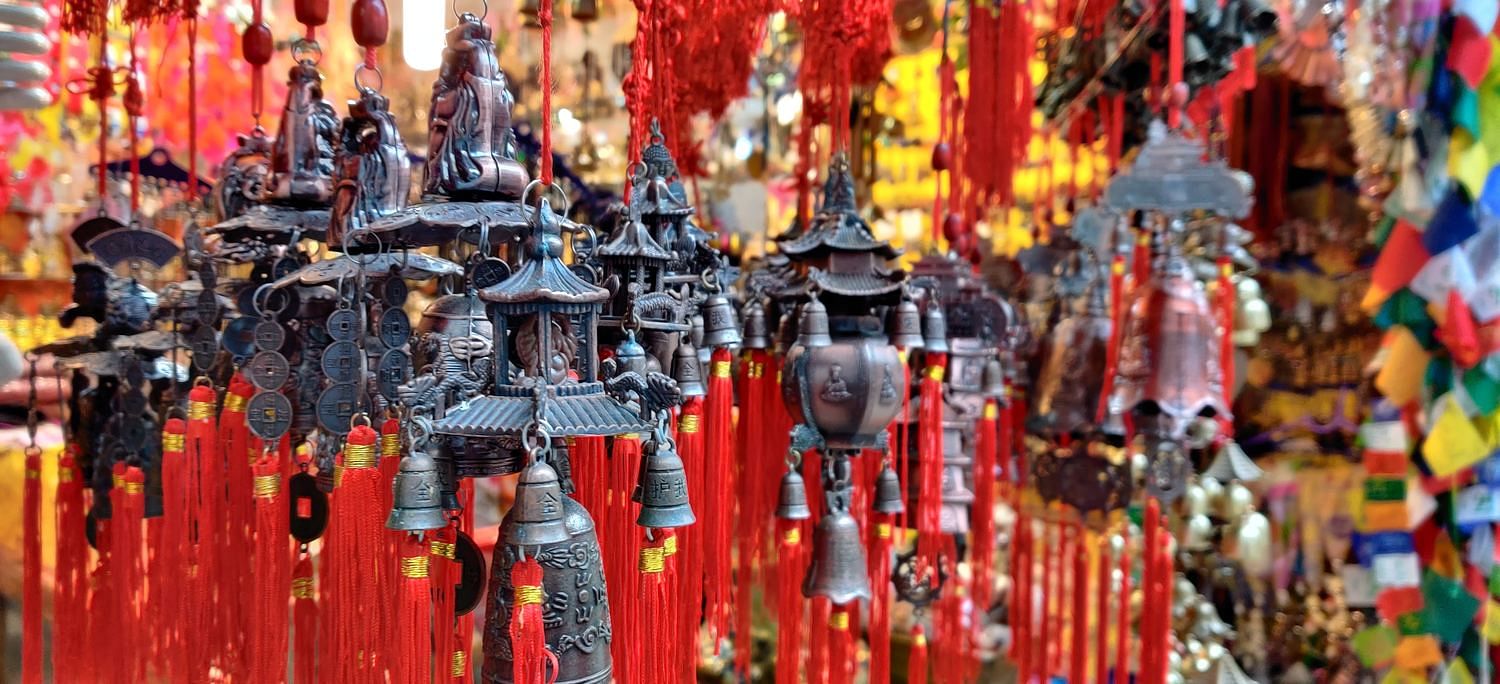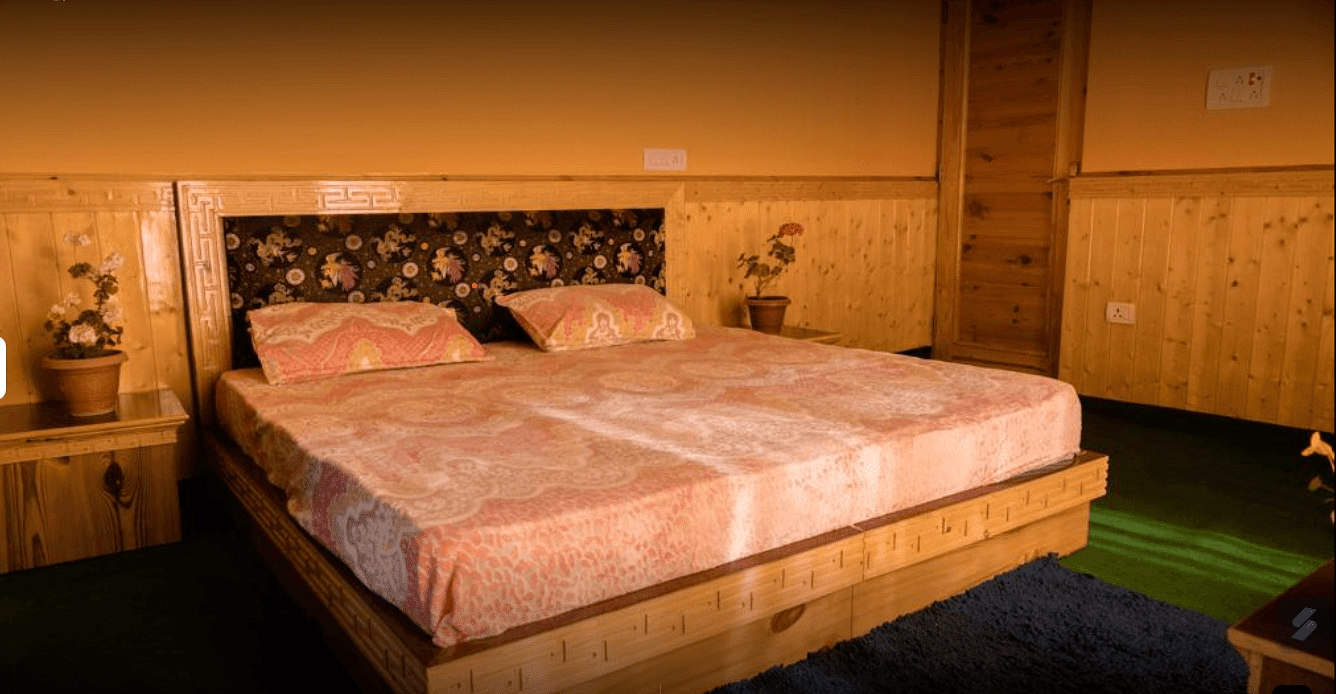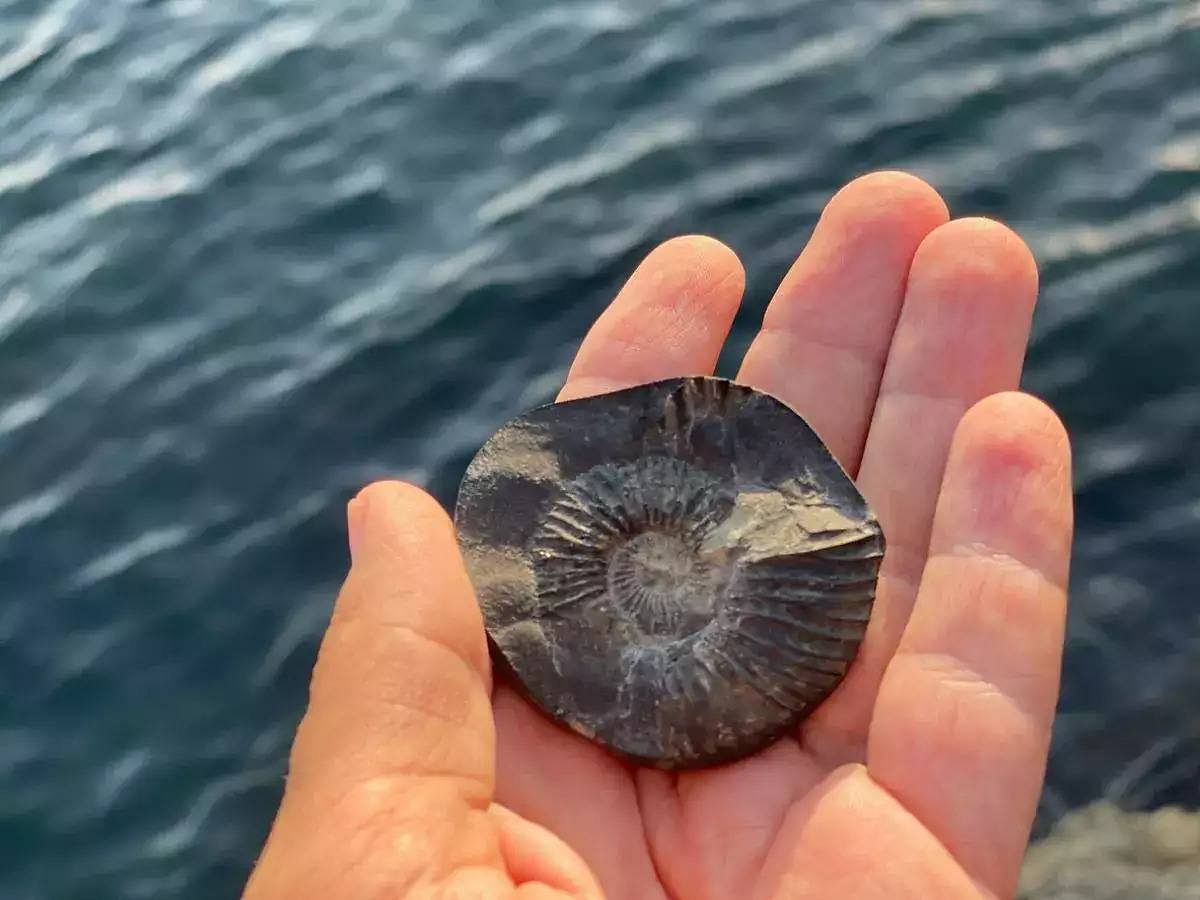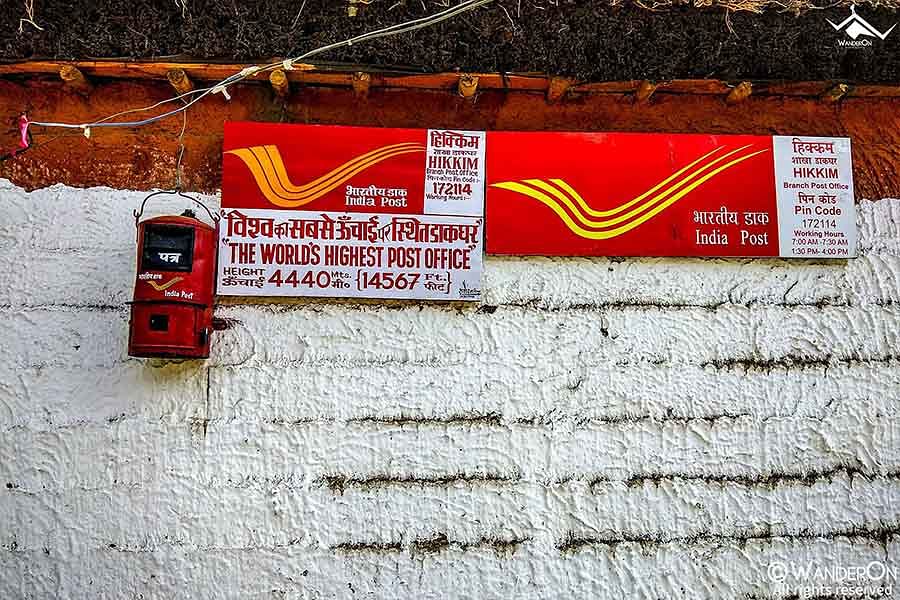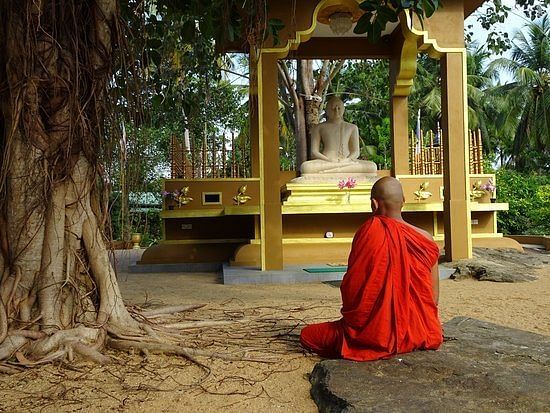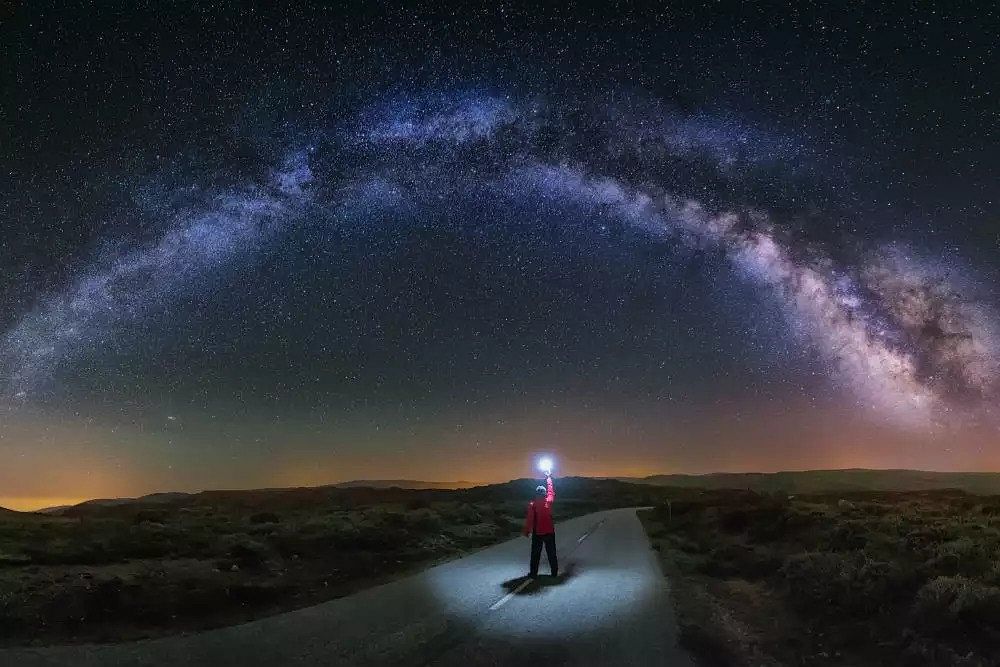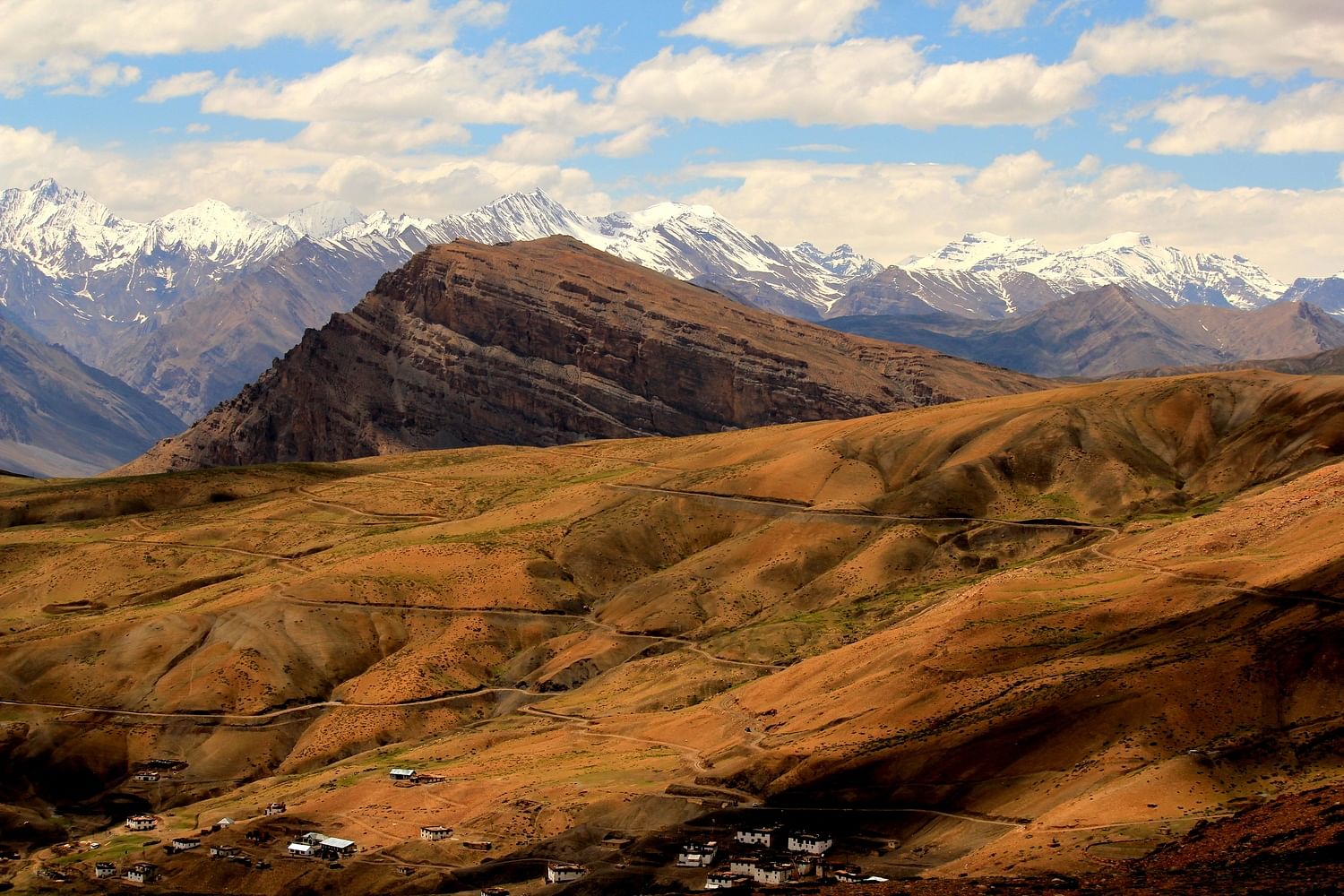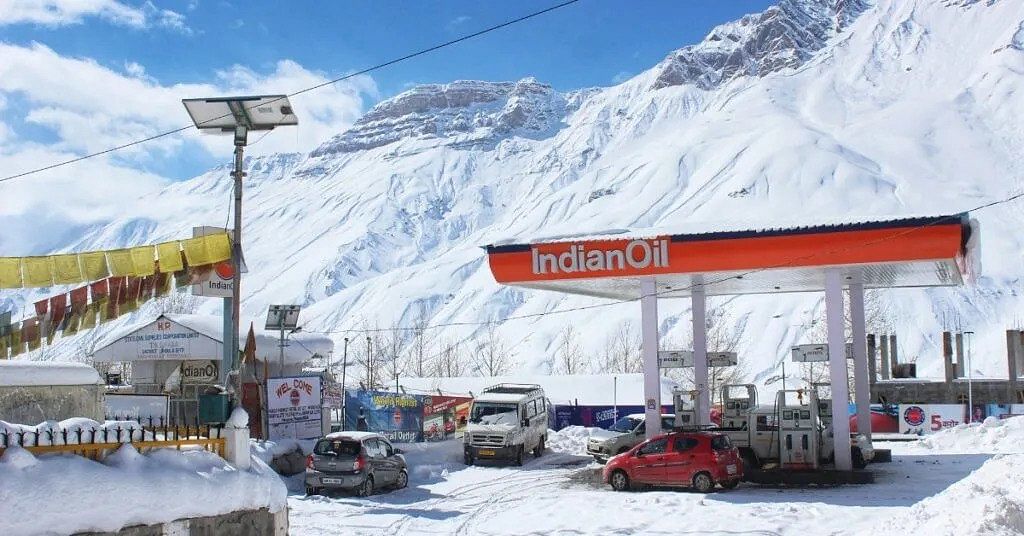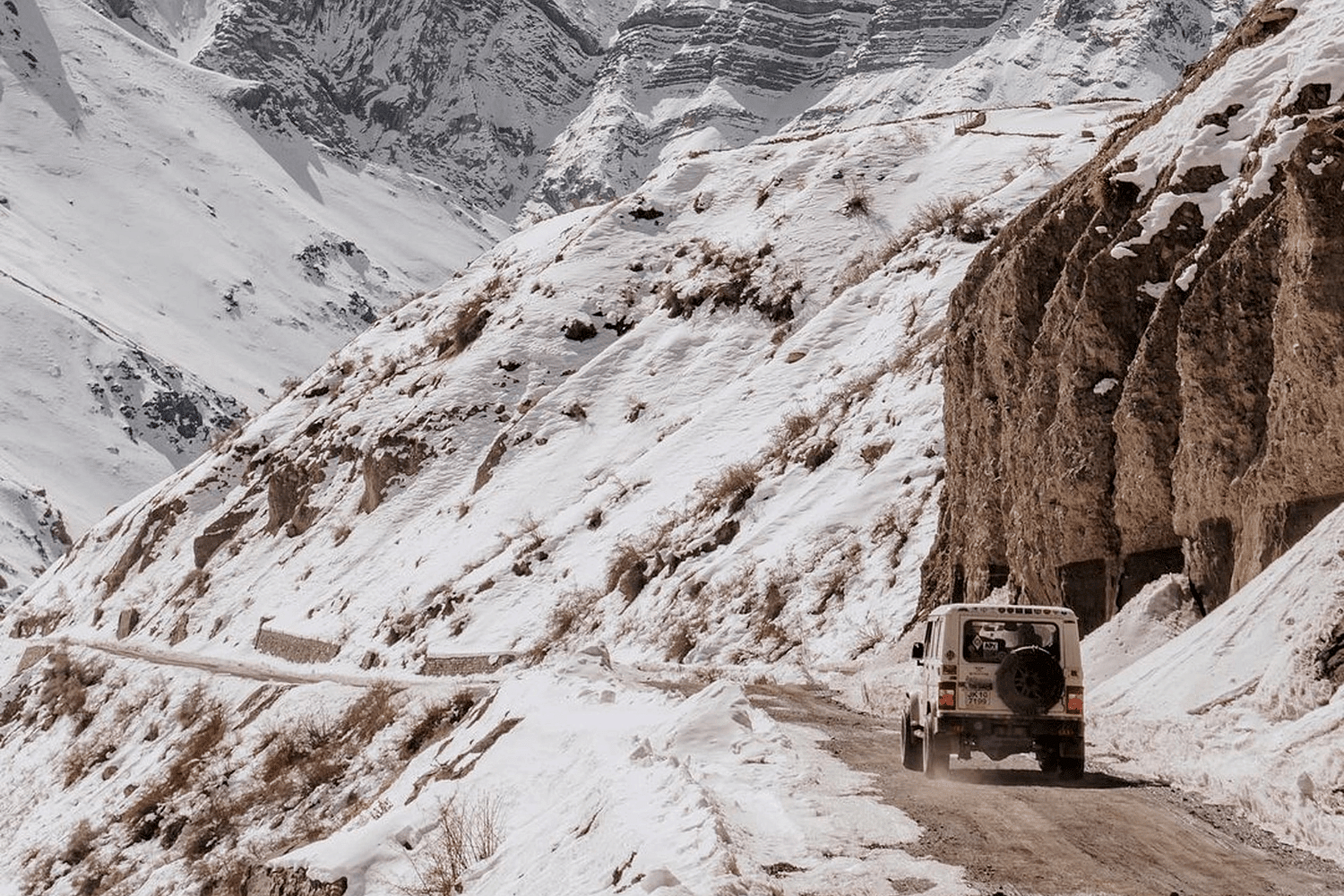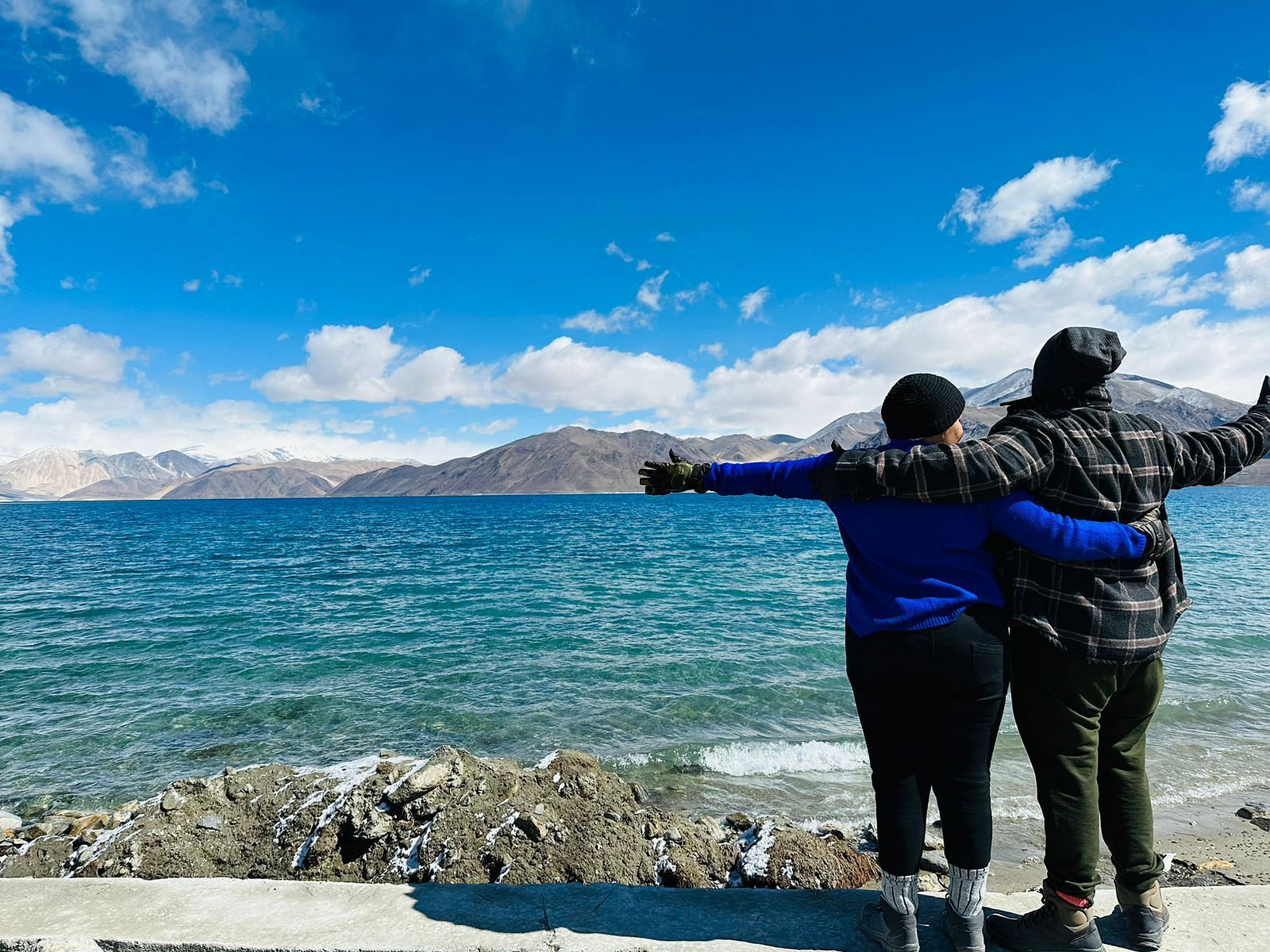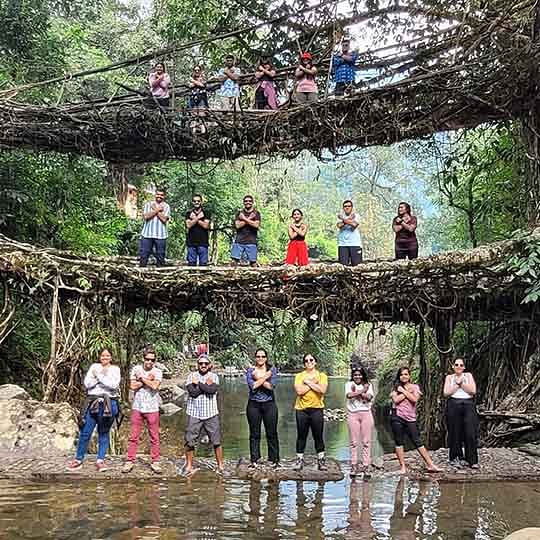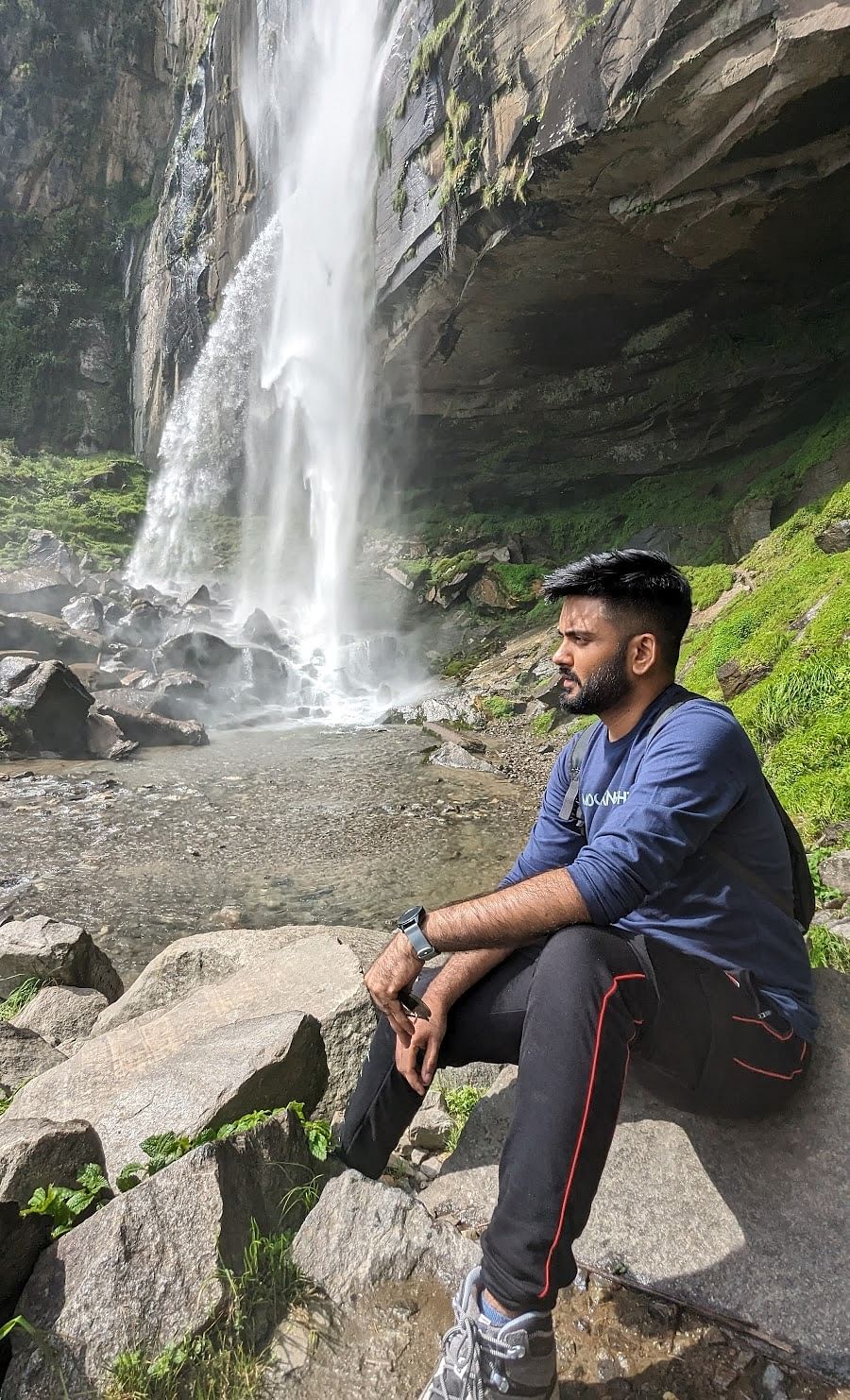Spiti Valley is a high-altitude desert in the northern Indian state of Himachal Pradesh. With its rugged terrain, stunning natural beauty, and rich cultural heritage, Spiti Valley has become a popular destination for travellers looking to experience the best the Himalayas offer. Spiti Valley Tour is amongst the most preferred weekend gateways for the youth. Some top things to do in Spiti Valley include trekking, camping, visiting ancient monasteries, exploring traditional villages, and stargazing.
Spiti Valley offers a wide range of trekking options, from easy day hikes to challenging multi-day treks that take you deep into the heart of the Himalayas. Camping in Spiti Valley is a unique experience, with plenty of remote and scenic locations.
A guide for a blissful trip to do things in Spiti Valley can help you plan a vacation better. You can also check the A Trip To Spiti Valley itinerary to plan your adventurous journey.One of the highlights of a trip to Spiti Valley is exploring its ancient monasteries, renowned for their intricate architecture and stunning murals. Many of these monasteries are located in remote areas, adding to their mystique and allure. Trekking up to these monasteries is one of the best things to do in Spiti Valley.
Also, Read Homestays in Spiti Valley.
In addition to monasteries, Spiti Valley is home to several traditional villages where you can experience the local culture and hospitality firsthand. Spiti Valley’s things to do can be better explored on a long trip.
Finally, with its clear skies and low light pollution, Spiti Valley is an excellent destination for stargazing, offering a chance to see the Milky Way and other celestial wonders.
What To Carry While Travelling To Spiti Valley
Travelling to Lahaul Spiti Valley can be an exhilarating experience. Still, it is important to pack wisely for the trip to ensure a comfortable and enjoyable stay. Here are some essential items to carry while travelling to Lahaul Spiti Valley:- Warm Clothing – Lahaul Spiti Valley is situated at a high altitude so the temperature can drop significantly, especially at night. Wearing warm clothing such as jackets, sweaters, thermals, gloves, and socks is essential.
- Comfortable Shoes – There are many trekking opportunities in Lahaul Spiti Valley, it is essential to carry comfortable shoes suitable for trekking.
- Sun Protection – The sun in the high-altitude region of Lahaul Spiti Valley can be harsh, so it is essential to carry sunscreen, sunglasses, and a hat.
- Medicines – Carrying a basic first-aid kit and any prescription medicines you may need during your stay is advisable.
- Power Bank – In remote areas of Lahaul Spiti Valley, the electricity supply can be unreliable, so carrying a power bank can be helpful to keep your electronic devices charged.
- Water Bottle – To avoid dehydration, carry a water bottle and refill it from natural water sources available in the area.
- Cash – ATMs may not be available in some areas of Lahaul Spiti Valley, so carrying sufficient cash for your expenses is advisable.
Packing these essential items lets you enjoy a comfortable and hassle-free trip to Lahaul Spiti Valley. It’s better to plan the itinerary about what to do in Spiti Valley to make the most of the trip. A Solo Trip To Spiti Valley is one of the most preferred things for youth.
What To Do In Spiti Valley?
Nako is a beautiful village known for its stunning natural scenery and ancient monasteries. A walk through the town offers a unique glimpse into the traditional way of life of the local people. The village is on a hilltop and offers panoramic views of snow-capped mountains and lush green valleys. Spiti things to do- walk through the town, explore its narrow alleys, admire the traditional architecture of the houses, and interact with the friendly locals. You can also go camping in Spiti Valley around the village for a unique travel experience.
You can also visit the ancient Nako Monastery, which is believed to be over 1000 years old, and see the beautiful frescoes and murals inside. Komic Village in Spiti Valley is also a famous tourist attraction.
The Nako Lake is another popular attraction, offering a tranquil setting for a stroll or picnic. A village walk in Nako is a must-do experience for anyone visiting Spiti Valley.
Mummy Village is a small Spiti Valley hamlet known for its unique and intriguing ancient traditions. The village is home to around 12 mummified bodies that are believed to be over 500 years old. These mummies are naturally preserved and are said to belong to the ancient Bhotia tribe. The locals in the village still practice ancient rituals and customs that have been passed down through generations.
Spiti things to do offers a fascinating insight into the ancient cultures and traditions of the region. While there, visitors can also explore the traditional architecture of the houses, enjoy the picturesque scenery, and interact with the friendly locals.
Having lunch in a monastery is a unique and memorable experience that one can have in the Spiti Valley. Several monasteries in the region, such as Key Monastery and Tabo Monastery, offer simple meals to visitors to generate income for the sanctuary’s upkeep. The meals are usually vegetarian and consist of local dishes like thukpa, momos, and dal-rice. While enjoying the delicious food, visitors can also soak in the serene and peaceful atmosphere of the monastery and observe the monks’ daily routines.
Also Read: Things to carry while travelling to Spiti Valley
Lunch in a monastery is a perfect way to experience the spiritual and cultural essence of the Spiti Valley. This is one of the best things to do in Spiti Valley.
4. Exploring the Breathtaking Kunzum Pass in Spiti Valley
Kunzum Pass is a high-altitude mountain pass located in the Spiti Valley at 4,551 meters above sea level. It is one of the most popular tourist attractions in the region and is known for its stunning natural beauty and challenging terrain. The pass connects the Kullu Valley and the Lahaul Valley with the Spiti Valley and is a gateway to the Spiti and Kinnaur regions. It is also home to the Kunzum Devi Temple, dedicated to the goddess Durga. Camping in Spiti Valley at the Kunzum Pass can be a thrilling experience for you. In Spiti Valley, things to do are adrenaline-pumping, giving you an amazing time.
Kunzum Pass is a must-visit destination for anyone travelling to the Spiti Valley, offering breathtaking views of the surrounding snow-capped peaks and glaciers.
5. Wish with the wishing stones
Wishing Stones, also known as Mani Stones, are common in the Spiti Valley. These stones are usually flat and are inscribed with prayers, mantras, or symbols of Buddhism. The locals believe that spinning the prayer wheels and stacking the Wishing Stones at holy sites brings good luck and helps attain enlightenment.
Visitors to the region can often see these stones along the roadsides, near water bodies, or at the entrance of monasteries.
Also Read: Spiti Weather Guide
Wishing Stones hold a special significance in the Spiti Valley, and their presence adds to the spiritual and cultural ambience of the region. It is the most preferred leisurely activity in Spiti Valley.
Camping in Spiti Valley at Chandratal, also known as Moon Lake, is an unforgettable experience that one can have in the Spiti Valley. The lake is located at an altitude of 4,300 meters and is surrounded by majestic snow-capped mountains. The serene and peaceful environment of the lake makes it a perfect spot for camping. Visitors can pitch their tents near the lakeshore and enjoy the starry nights and serene mornings.
Also Read: Yak Safari in Spiti Valley
The stunning beauty of the lake and surrounding landscape make it a popular destination for photographers and nature lovers. Camping at Chandratal is a must-do activity for anyone travelling to the Spiti Valley.
The Pin Valley Trek is a popular route offering stunning views of the Spiti Valley’s rugged landscape. The trek starts from the small village of Mud and goes through the Pin Valley National Park, one of the region’s most pristine natural areas. The trek passes through lush green meadows, towering mountains, and sparkling streams, making it a feast for the eyes. If you plan a trip to Spiti, this trek must be of your top things to do in Spiti Valley.
Along the way, trekkers can also spot rare and endangered wildlife like the Snow Leopard and the Siberian Ibex. The Pin Valley Trek is a challenging but rewarding trek that offers a glimpse into the natural beauty and biodiversity of the Spiti Valley.
Also Read: Wildlife Places in Spiti Valley
The Hindustan Tibet Road, is a picturesque mountain road connecting the Spiti Valley with the Kinnaur Valley. Spiti Valley, things to do are all adrenaline-rushing activities where you can explore and experience thrilling activities. The road is known for its treacherous twists and turns, steep drops, and narrow passages, and offers stunning views of the surrounding landscape.
It is a popular destination for adventure enthusiasts who love to test their driving skills on this challenging terrain. The road also passes through several small villages and hamlets, allowing visitors to experience the local culture and traditions. The Treacherous Road is a must-visit destination for anyone travelling to the Spiti Valley.
Also Read: Duchpen in Spiti Valley
Dhankar Lake, located near the Dhankar Monastery, is a hidden gem in the Spiti Valley. The trek to the lake is challenging, but the stunning views of the surrounding mountains and valleys make it worthwhile. The turquoise blue waters of the lake and the snow-capped peaks in the background create a surreal and mesmerising sight. Visitors can also spot rare and endangered birds like the Himalayan Griffon and the Lammergeier around the lake. Spiti Valley things to do assures you with the thrilling once-in-a-lifetime experience.
Dhankar Lake is a peaceful and serene destination that offers a respite from the hustle and bustle of daily life and is a must-visit for nature lovers and trekking enthusiasts.
Also Read: Sarchu Travel Guide
The Key Monastery, also known as Kye Gompa, is a Tibetan Buddhist monastery in the Spiti Valley. Perched atop a hill at an altitude of 4,166 meters, it offers panoramic views of the surrounding snow-capped peaks and valleys. If you’re still not sure about what to do in Spiti Valley? Continue reading to learn about the offbeat things you may do. The monastery is over a thousand years old and is famous for its ancient murals, manuscripts, and thangkas. Visitors can also attend the daily prayer sessions and interact with the resident monks to gain insights into Tibetan Buddhism and culture.
The Key Monastery is a cultural and spiritual hub that offers a glimpse into the rich heritage of the Spiti Valley and is a must-visit destination for travellers.
Also Read: Lhalung Monastery
The Spiti River, also known as the “middle river,” is a tributary of the Satluj River that flows through the Spiti Valley. Originating from the Kunzum Range, the river is fed by melting glaciers and snow from the surrounding mountains. The Spiti River has a unique turquoise colour due to the presence of mineral deposits and offers stunning views as it meanders through the rugged terrain of the valley.
Visitors can enjoy the beauty of the river by taking a leisurely walk along its banks or by embarking on a rafting adventure. The Spiti River is a natural wonder that adds to the charm and allure of the Spiti Valley.
Also Read: Stargazing in Spiti Valley
Kaza, the capital of the Spiti Valley, is a shopping hub known for its unique handicrafts and souvenirs. Visitors can explore the local markets to find traditional Tibetan items like thangkas, prayer flags, singing bowls, handmade woollen shawls, and sweaters. The Kaza market is also great to sample local food and snacks like momos, thukpa, and butter tea. Shopping in Kaza is an immersive experience that allows visitors to interact with the locals and learn about their way of life. It is a must-do activity for anyone visiting the Spiti Valley.
Also Read: Ghepan Lake Trek
Staying at a homestay in Spiti Valley is a once-in-a-lifetime experience that offers a glimpse into the local way of life. Homestays are typically run by local families who open their homes to travellers, providing them with a comfortable and authentic place to stay. Visitors can engage in conversations with their hosts and learn about the unique culture and traditions of the region. The homestays offer an opportunity to savour traditional Spitian cuisine and participate in daily activities like farming and herding.
Homestays in Spiti Valley offer a memorable and immersive experience ideal for travellers seeking a truly authentic cultural experience.
Also Read: Tabo Monastery in Spiti Valley
Spiti Valley is a treasure trove for fossil enthusiasts as it is home to some of the oldest rock formations on the planet. Fossil hunting in Spiti is a unique experience that offers insight into the region’s geological history. Visitors can go on guided tours to search for fossils, with experts providing information on the geological significance of each find. Fossil hunting is a thrilling activity that allows visitors to witness firsthand the remnants of prehistoric life.
If you’re interested in geology, history, and the natural world, this is one of the best things to do in Spiti Valley.
Also Read: Suraj Tal
The postcard office in Spiti Valley is a unique attraction that draws tourists worldwide. Located in the small village of Hikkim, the post office is said to be the highest in the world at an altitude of 15,500 feet above sea level. Visitors can purchase postcards and stamps and send them to their loved ones from the highest post office in the world, making it a memorable experience.
The postcard office is run by a local family who has been serving the region for generations. It is a must-visit attraction for anyone travelling to Spiti Valley.
Also Read: Spiti Valley Bike Trip
The monastery stays in Tabo are an excellent opportunity for visitors to experience Buddhist monks’ traditional way of life in Spiti Valley. Tabo Monastery, also known as the ‘Ajanta of the Himalayas,’ is one of the region’s most famous and ancient monasteries, dating back to the 10th century.
The monastery offers visitors a chance to stay in simple yet comfortable rooms within the monastery premises, providing a unique and authentic cultural experience.
Visitors can also participate in the monks’ daily routines, including meditation sessions, puja ceremonies, and other activities.
Staying in a monastery in Tabo is an excellent way to immerse oneself in the local culture and gain insight into the spiritual traditions of Spiti Valley.
17. Meditate in Monestary
Meditation in a monastery in Spiti Valley is an excellent way to unwind and connect with oneself in a peaceful and serene environment. Monasteries, such as Key Monastery and Tabo Monastery, offer meditation sessions to visitors, providing an opportunity to learn about Buddhist philosophy and practice mindfulness.
The monks guide the meditation sessions and offer insights into the various meditation techniques. The peaceful atmosphere and the beautiful surroundings of the monasteries create a perfect ambience for meditation.
Practising meditation in a monastery in Spiti Valley is a great way to relax connect with the local culture, and learn about the spiritual traditions of the region.
Stargazing in Spiti Valley is an unforgettable experience for astronomy enthusiasts and nature lovers. The region’s clear skies and lack of light pollution make it an ideal destination for stargazing. During the night, the sky comes alive with countless stars, and it is possible to observe the Milky Way and other celestial bodies with the naked eye. Several homestays and campsites in the valley offer stargazing sessions, including telescopes and astronomy experts to guide visitors through the night sky.
Stargazing in Spiti Valley is a must-do activity for anyone looking to witness the beauty of the cosmos and reconnect with nature.
Komik is a picturesque village in the Spiti Valley, known for being the highest inhabited village in Asia. Located at 4,513 meters, it is an ideal destination for adventure enthusiasts and nature lovers. The village is home to the Tangyud Monastery, which dates back to the 14th century and is an excellent example of traditional Tibetan architecture.
The village offers stunning panoramic views of the mountain ranges and is an excellent starting point for several trekking routes, including the popular Komik-Kibber trek.
Komik is also a great place to experience the traditional lifestyle and culture of the Spiti Valley.
The highest fuel station in the world is located at the Khunjerab Pass on the China-Pakistan border. At an altitude of 15,397 feet (4,693 meters) above sea level, it is not only the highest fuel station but also one of the highest border crossings in the world. The fuel station is strategically important as it is the only fuel source for vehicles travelling between China and Pakistan. This is the most popular thing to see in Spiti Valley. Despite the harsh weather conditions and difficult terrain, the fuel station is operational throughout the year.
The construction and maintenance of such a high-altitude fuel station pose significant challenges, but its importance for trade and transportation makes it a vital infrastructure project for both countries.
Best Time to visit Spiti, Lahaul
The best time to travel to Spiti Valley depends on the individual’s preferences and interests. Spiti Valley is a high-altitude desert and experiences extreme temperatures throughout the year.The valley remains closed during winter, from November to April, due to heavy snowfall, making it inaccessible.
The ideal time to travel to Spiti Valley is during the summer months, from May to October. The weather is pleasant, and the valley is in full bloom during this time.
The temperature during the day ranges from 15 to 25°C, making outdoor activities like trekking and camping comfortable. The roads are also open during this time, making it easier to explore the region.
June to September is the monsoon season in Spiti Valley, but the valley is located in a rain-shadow area, which makes it a relatively dry region. The monsoons bring lush greenery to the valley, making it a perfect time for nature lovers to visit.
September to October is the autumn season in Spiti Valley, and the valley is a riot of colours during this time. The trees turn golden, and vibrant yellow, orange, and red hues surround the valley. This is a perfect time for photography enthusiasts to capture the stunning beauty of the valley.
More or less, the best time to visit Spiti Valley is during the summer months, from May to October, when the weather is pleasant and the valley is in full bloom.
Where to Find Spiti Valley’s Traditional Food
Spiti Valley is not only known for its breathtaking natural beauty but also for its unique and delicious cuisine. Due to its remote location and harsh climate, Spiti Valley’s distinct food culture is heavily influenced by Tibetan and Ladakhi cuisines. Trying these cuisines in is on most people’s list of things to do in Spiti Valley. One of the must-try dishes in Spiti Valley is thukpa, a hearty noodle soup made with vegetables and/or meat. Another popular dish is momos, steamed or fried dumplings filled with vegetables or meat.
Chhang, a traditional alcoholic beverage made from fermented barley or millet, is also a must-try for those looking to experience the local culture.
For those with a sweet tooth, Spiti Valley offers a variety of desserts such as khambir, a local bread made from barley flour and served with yak butter, and chhurpi, a type of cheese made from yak milk that is commonly used in desserts.
Other notable dishes in Spiti Valley include gur-gur chai, a type of salty tea made with yak butter, and thus, a noodle soup made with vegetables and/or meat. Many of these dishes are available at local restaurants and regional eateries.
Overall, Spiti Valley’s unique cuisine is an essential part of the local culture and a must-try for any food lover visiting the region.





